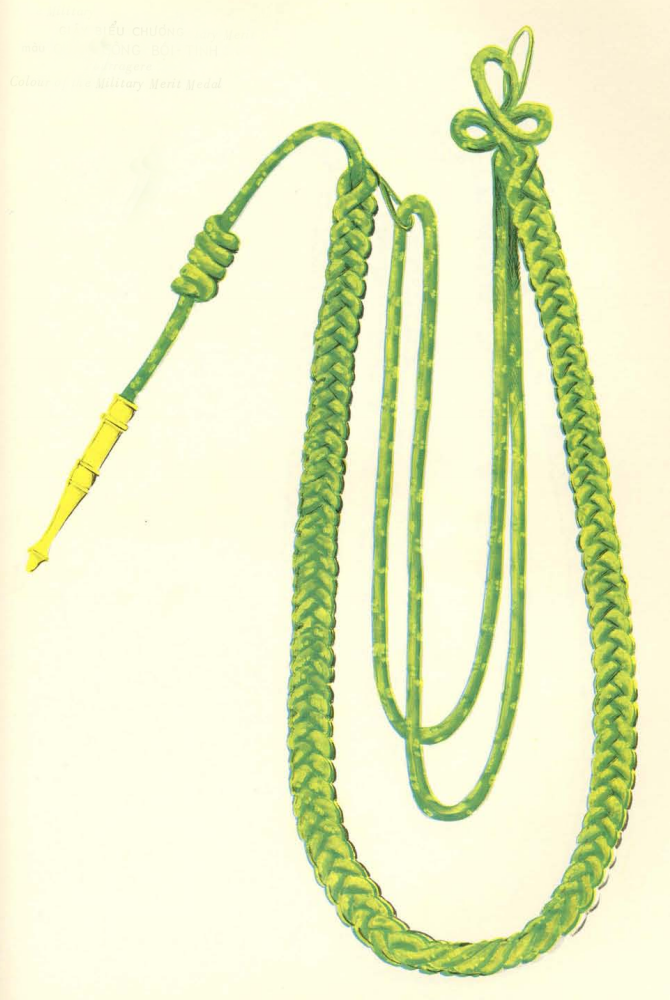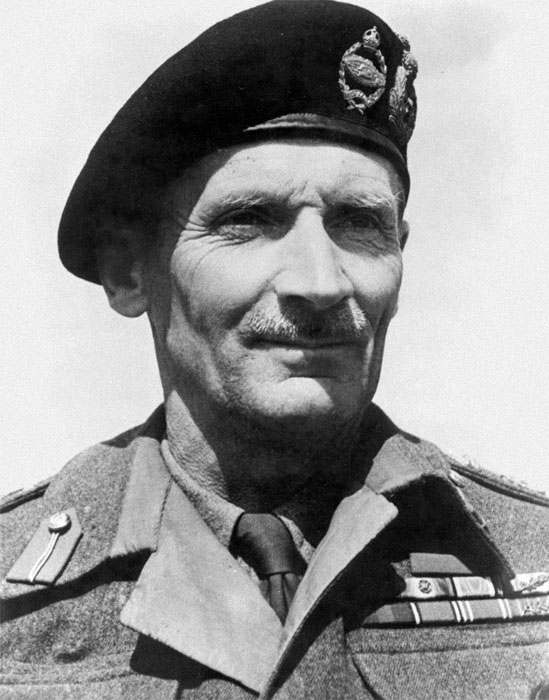|
Military Merit Medal (Vietnam)
The Military Merit Medal ( vi, Quân công Bội tinh) was the highest military decoration bestowed to enlisted personnel by the Republic of Vietnam during the years of the Vietnam War. The medal was established on August 15, 1950. The Military Merit Medal was modeled after the French Médaille Militaire and was awarded mostly to Enlisted Men for valor in combat. The medal had three different versions, coincided with the political change in South Vietnam: the State of Vietnam, the First Republic, and the Second Republic version. The Vietnamese National Order of Vietnam was considered the equivalent decoration for military officers. Award Criteria "The Military Merit Medal is awarded or awarded posthumously to Non-Commissioned Officers (including Aspirants) and Enlisted Men in the Armed Forces, who have: *Previously received citations at the Armed Forces level. *Been wounded once or many times in combat. *Distinguished themselves by their heroic actions. *Served in an honorable m ... [...More Info...] [...Related Items...] OR: [Wikipedia] [Google] [Baidu] |
State Of Vietnam
The State of Vietnam ( vi, Quốc gia Việt Nam; Chữ Nôm: 國家越南; french: État du Viêt-Nam) was a governmental entity in Southeast Asia that existed from 1949 until 1955, first as a member of the French Union and later as a country (from 21 July 1954 to 26 October 1955). The state claimed authority over all of Vietnam during the First Indochina War, although large parts of its territory were controlled by the Democratic Republic of Vietnam. The state was created in 1949 by France as part of the French Union and was internationally recognised in 1950. Former Emperor Bảo Đại became Chief of State. After the 1954 Geneva Agreements, the State of Vietnam abandoned its sovereignty over the northern part of the country, which was controlled by the Việt Minh. Ngô Đình Diệm was appointed prime minister the same year and— after having ousted Bảo Đại in 1955—became president of the Republic of Vietnam. History Unification of Vietnam (1947–48) Since th ... [...More Info...] [...Related Items...] OR: [Wikipedia] [Google] [Baidu] |
National Order Of Vietnam
The National Order of Vietnam ( vi, Bảo Quốc Huân Chương) was a combined military-civilian decoration of South Vietnam and was considered the highest honor that could be bestowed upon an individual by the Republic of Vietnam government. The decoration was created in 1950 and was awarded to any person who performed "grandiose works, remarkable deeds, exhibited bravery, or for those who have honored and served the country by lofty virtues and outstanding knowledge." The National Order was modeled after the French National Order of the Legion of Honour, and as such it was issued in five degrees: *Grand Cross - wore the badge of the Order on a sash on the right shoulder, plus the star of the Order on the right stomach OR just the star of the Order on the left stomach; *Grand Officer - wore the star of the Order on the right stomach; *Commander - wore the badge on a necklet; *Officer - wore the badge on a ribbon with rosette on the left chest; *Knight - wore the badge on ... [...More Info...] [...Related Items...] OR: [Wikipedia] [Google] [Baidu] |
Distinguished Service Order (Vietnam)
The Republic of Vietnam Army Distinguished Service Order ( vi, Quân chủng Bội tinh), Republic of Vietnam Air Force Distinguished Service Order and Republic of Vietnam Navy Distinguished Service Order was a military decoration of South Vietnam which was awarded throughout the years of the Vietnam War. The decoration was bestowed for meritorious or heroic deeds related to wartime operations and was awarded for both combat and non-combat service. There were two classes of the RVN Army/Air Force/Navy Distinguished Service Order, the first class being for officers and the second class for enlisted personnel. The first class of the order was differentiated by a blossom device centered on the medal and ribbon. The RVN Army/Air Force/ Navy Distinguished Service Order was also provided to foreign militaries, and in the United States military the decoration was considered the equivalent of the Legion of Merit. For foreign officers, the 2nd class of the order was also provided to off ... [...More Info...] [...Related Items...] OR: [Wikipedia] [Google] [Baidu] |
Médaille Militaire
The ''Médaille militaire'' ( en, Military Medal) is a military decoration of the French Republic for other ranks for meritorious service and acts of bravery in action against an enemy force. It is the third highest award of the French Republic, after the Légion d'honneur, a civil and military order, and the ordre de la Libération, a Second World War-only order. The ''Médaille militaire'' is therefore the most senior entirely military active French decoration. During World War I, 230,000 ''médailles'' were awarded, when 1,400,000 French Army soldiers were killed and 3,000,000 wounded. For comparison, the UK |
Vietnam Fourragere Color Of The Military Merit Medal
Vietnam or Viet Nam ( vi, Việt Nam, ), officially the Socialist Republic of Vietnam,., group="n" is a country in Southeast Asia, at the eastern edge of mainland Southeast Asia, with an area of and population of 96 million, making it the world's sixteenth-most populous country. Vietnam borders China to the north, and Laos and Cambodia to the west. It shares maritime borders with Thailand through the Gulf of Thailand, and the Philippines, Indonesia, and Malaysia through the South China Sea. Its capital is Hanoi and its largest city is Ho Chi Minh City (commonly known as Saigon). Vietnam was inhabited by the Paleolithic age, with states established in the first millennium BC on the Red River Delta in modern-day northern Vietnam. The Han dynasty annexed Northern and Central Vietnam under Chinese rule from 111 BC, until the first dynasty emerged in 939. Successive monarchical dynasties absorbed Chinese influences through Confucianism and Buddhism, and expanded south ... [...More Info...] [...Related Items...] OR: [Wikipedia] [Google] [Baidu] |


